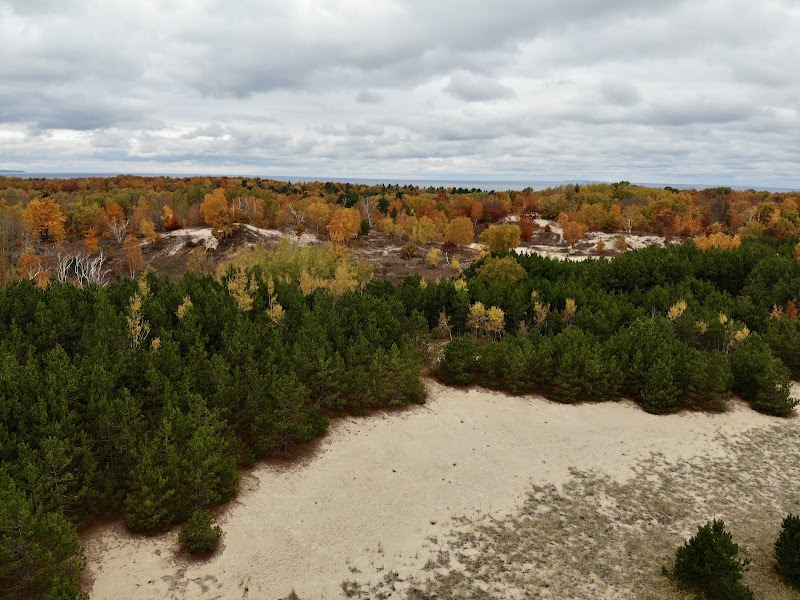
Houdek Dunes Natural Area Adventures
Houdek Dunes Natural Area offers a unique landscape of relict sand dunes within the prairie of eastern South Dakota, making it a distinctive destination for hiking, bird watching, and experiencing native grassland ecosystems.
About Houdek Dunes Natural Area

Houdek Dunes Natural Area is located in Moody County, South Dakota, and preserves one of the few remaining active sand dune complexes in the region. Formed thousands of years ago from wind-blown sand deposits, the dunes are surrounded by the native tallgrass prairie, creating a rare ecological combination that supports diverse plant and animal communities. The dunes stand out in the largely flat landscape, reaching heights up to 40 feet and offering scenic vistas. The area supports grass species such as little bluestem and prairie sandreed, as well as wildlife including upland birds, small mammals, and several species of butterflies. Historically, the site has been of interest for geological study and is managed to protect its fragile dune and prairie environment. Visitors typically come to Houdek Dunes for hiking along the gently rolling sandy ridges, wildlife observation, photography, and seasonal wildflower viewing. With limited development, the natural setting allows for quiet exploration and connection with a less common Midwestern geological feature. The site's remote feel and striking environment attract naturalists and casual visitors alike, while educational opportunities highlight conservation efforts to maintain this unique dune ecosystem. Its proximity to nearby small towns and accessibility via regional roads make it a convenient destination for day trips.
Highlights
Extensive remnants of active sand dune formations
Unique combination of sand dunes and native tallgrass prairie ecosystem
Excellent birdwatching spot for upland prairie species
Scenic sandy ridge trails offering panoramic views of the surrounding prairies
Notable Natural Features
Active Sand Dunes
Prominent dune ridges that rise up to 40 feet and demonstrate ongoing natural sand movement.
Tallgrass Prairie
Native prairie grasses and wildflowers dominate the landscape surrounding the dunes.
Bird Habitat
Important habitat for upland bird species such as meadowlarks and grasshopper sparrows.
